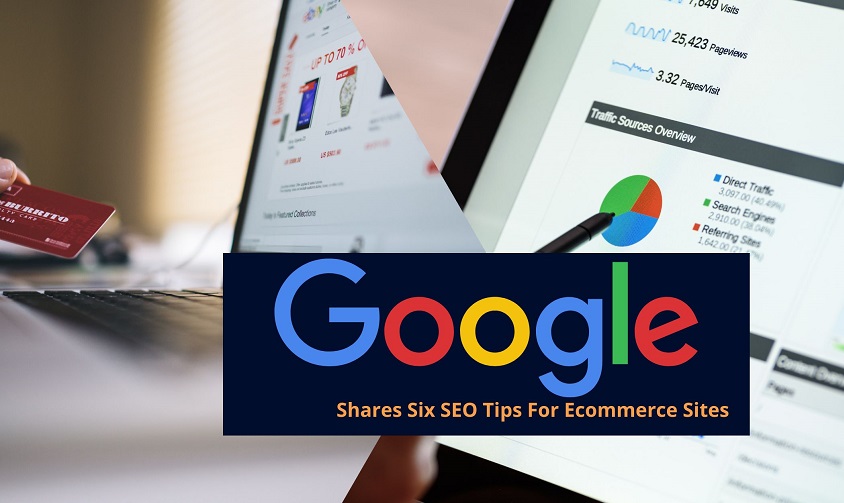Google shares 6 SEO hints that combine structured data and Merchant Center to maximize eCommerce site’s visibility in search results. Alan Kent, a Google Developer Advocate, goes over each tip in depth in a new video posted to the Google Search Central YouTube channel. Kent highlights the use of Google Merchant Center throughout the video. Google Merchant Center allows retailers to upload product data via structured feeds.
When Googlebot crawls your website, data is extracted more reliably. Because Merchant Center feeds are designed to be read by computers. But that does not mean you should abandon structured data on product pages in favor of relying solely on the Merchant Center. Product structured data is still required even if you deliver product data directly to Google via a Merchant Center feed. Google may compare Merchant Center feed data to structured data on your website.
Google’s following SEO tips for e-commerce sites are to get the most out of both tools.
#1. Make Sure Your Products Are Indexed
When crawling a website, Googlebot can miss some web pages on a site. Some product pages on eCommerce sites are only accessible via on-site search results. Using tools like an XML sitemap and Google Merchant Center, you can ensure that Google crawls all of your product pages.
Creating a Merchant Center product feed will assist Google in discovering all of your website’s products. The URLs of the product pages are shared with the Googlebot crawler, which may use them as starting points for crawls of additional pages.
#2. Review Accuracy Of Product Prices Search Results
If Google incorrectly extracts pricing data from your product pages, it may display your original price rather than the discounted price in search results.
To deliver accurate product data such as list price, discounts, and net price, you can add structured data to your product pages and provide structured feeds of your product data to Google Merchant Center. It will assist Google in determining the correct price from product pages.
#3. Minimize Price And Availability Lag
Google crawls your website’s pages on its schedule. It denotes that Googlebot may not detect the changes to your website until the next crawl time. These delays can cause search results to lag behind site changes, such as a product selling out.
It is best if you aim to minimize pricing and availability data inconsistencies between your website and Google’s understanding of your site due to timing lags. Google suggests using Merchant Center product feeds to keep pages updated on a more regular basis.
#4. Ensure Your Products Are Eligible For Rich Product Results
Eligibility for rich product results requires product structured data. Google recommends providing structured data on your product pages and a product feed in Merchant Center to obtain the notable rich product presentation format. It will help Google understand how to extract product data to display rich results. However, rich results are displayed at Google’s discretion even when properly structured data is present.
#5. Share Your Local Product Inventory Data
Ensure that if people search for near me, they find your in-store products. Hence, you need first create a Google Business Profile for your physical store location, then provide a local inventory feed to Merchant Center. Google knows the physical location of your inventory because the local inventory feed includes product identifiers and store codes.
Google suggests using a tool called Pointy as an additional step. Pointy is a Google device that connects to your in-store point-of-sale system and automatically sends inventory data from your physical store to Google. You can use the information to keep search results up to date.
#6. Sign Up For Google Shopping Tab
You may discover that your products appear in search results but not in the Shopping tab. If you are not sure your products are appearing in the Shopping tab, the simplest way to find out is to search for them. Structured data and product feeds are insufficient to qualify for inclusion in the Shopping tab. To be considered for the Shopping tab, you must submit product data feeds through Merchant Center and opt-in to surfaces across Google.
Click here to watch the full Google video for more information on any of the above tips.



